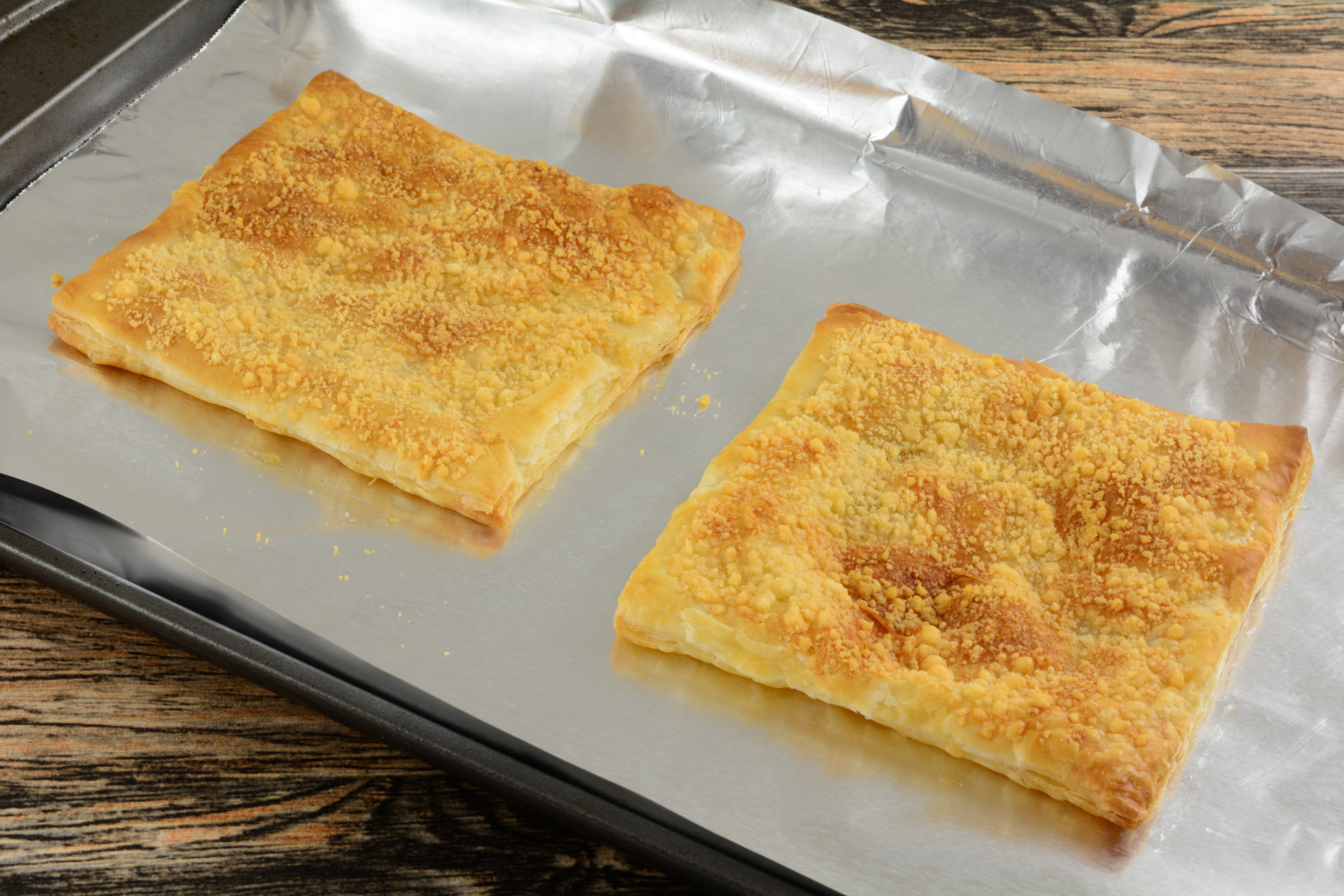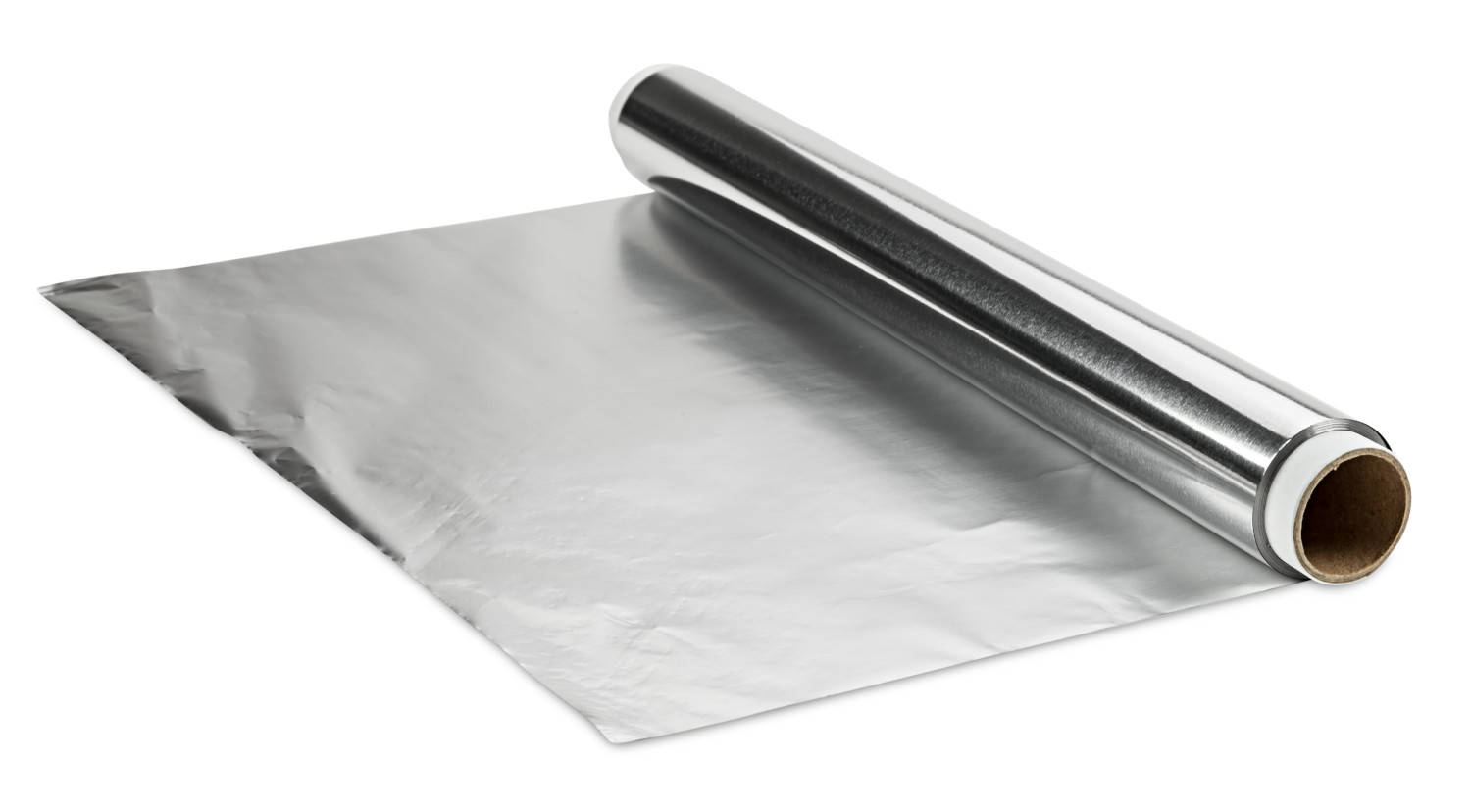When you tear off a sheet of aluminum foil to place in a baking dish or wrap around food before popping it into the oven, you might wonder if there is a right way and a wrong way to use it. One side looks like a shiny mirrored sheet, while the other has a duller metallic surface. Is one side supposed to touch the food and the other the pan? Will your potato cook more quickly wrapped one way, or your chicken skin crisp more easily with a certain side up?
The short answer is: no. Generally speaking, it doesn’t matter which side of foil you use. However, there are a few particular circumstances when you actually ought to flip the foil one way or the other.
Why Is There A Shiny Side?
The reason aluminum foil, or “tin foil” as we sometimes (inaccurately) call it, has a flat side and a shiny side has everything to do with the way it is produced. According to the Aluminum Association, the foil is made by casting molten aluminum into slabs that are then processed in a rolling mill. The sheets are rolled to a specific thickness, coiled, and sent to a cold rolling mill where it is doubled and rolled out a second time.
During that final pass through the roller, two sheets are rolled at once because they have become so thin. The outside surfaces become shiny and the inner surfaces that are pressed together stay matte.
This is why experts such as Reynolds Wrap state that you can place your food on either side when you use standard or heavy-duty aluminum foil. It’s entirely up to you to choose whether the shiny side or the dull side faces up or out.

When The Foil Side Does Matter
There are a couple of unique instances when you might want to pay attention to the side of the foil you are using. For instance, special, non-stick foil has a food-safe coating on one side. If you want to benefit from the non-stick coating, know that the dull side will be marked as the non-stick side.
Foil’s shiny side is 88% reflective of radiant heat. This reflectivity doesn’t make a difference when it comes to heating your food, which is generally based on convection heat (though it does explain why you should never put metallic foil in a microwave: the microwaves reflect off the metal, bouncing around the oven and building up a charge). However, this makes aluminum foil ideal for solar heating experiments. If you ever make a solar oven, be sure to attach the foil shiny side up.

Other than that, though, you’re fine no matter what side you prefer. And now you know!
This story originally appeared on Simplemost. Checkout Simplemost for other great tips and ideas to make the most out of life.


